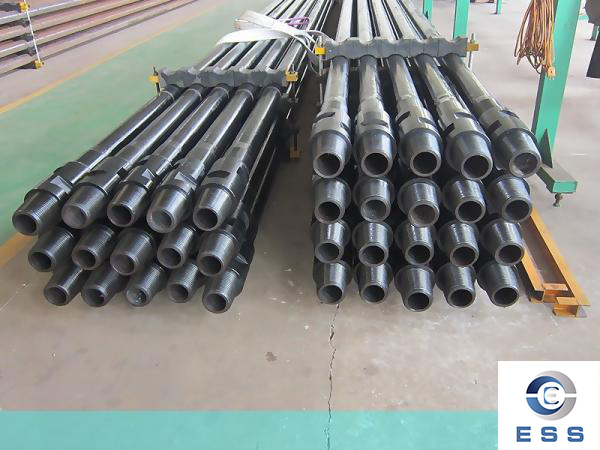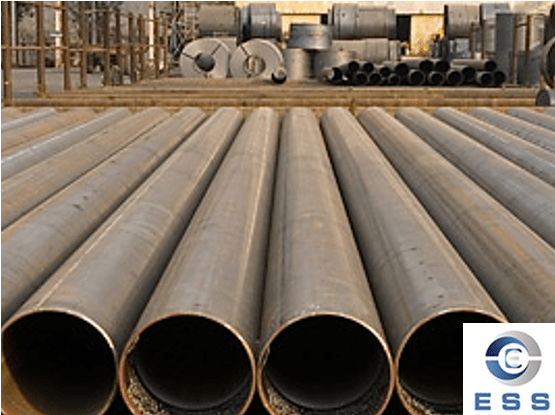
Oil drill pipes are important equipment in oilfield drilling operations, and their storage directly affects the efficiency and safety of drilling operations. Casing pipe, pup joints, tubing and drill string components (drill pipes, drill collars, square drill pipes, etc.) are collectively referred to as oil well pipes (OCTG). Proper storage of oil drill pipes is an important part of ensuring the smooth progress of drilling operations. The following will introduce in detail how to properly store oil drill pipes.
Storage site
1. The storage site should be flat, well-drained, and avoid water accumulation. At the same time, it should avoid direct sunlight and rain and snow.
2. The storage site should have a wall with a height of not less than 2 meters to prevent outsiders from entering and protect the drill pipes, ensuring the safety and airtightness of the storage site.
3. The storage site should be cleaned regularly, kept clean and sanitary, and disinfected to reduce the growth of bacteria and pests.
Classification and identification
Drill pipes should be classified and stored according to their models and specifications, and clearly identified for easy management and use.
Drill pipe storage method
1. Drill pipe storage should follow the first-in-first-out principle, that is, the drill pipe stored first should be taken out and used first.
2. When storing drill pipe, they should be placed vertically on the ground, and try to avoid the drill pipes falling sideways or horizontally.
3. Drill pipes should be tied with belts to ensure that the distance between drill pipes is not too small or too large.
4. When storing, the drill pipe logo should face outward, and the logo should be clearly visible for future use and management.
Drill pipe storage time
1. In the case of long-term non-use, the drill pipe should be checked regularly to ensure the quality of the drill pipe.
2. During the storage period, the drill pipe should be cleaned at any time and coated with an anti-corrosion layer to prevent the drill pipe from rusting and moisture.
3. When the drill pipe is used or transferred to other places, a comprehensive inspection should be carried out to ensure safety and reliability.
Precautions
1. During storage, instrument inspections should be carried out regularly to check whether the drill pipe is damaged or has other quality problems. If damaged or deformed drill pipes are found, they should be replaced or repaired in time.
2. Drill pipes should be stored in different categories to avoid mixing to prevent damage and facilitate management.
3. After drilling, the drill pipes should be checked for cracks or other damage, and if so, they should be repaired or replaced.
Conclusion
In general, the correct transportation and storage of oil drill pipes requires attention to selecting appropriate storage sites, doing a good job of fixing and protecting, complying with relevant regulations and standards, classifying, marking, inspecting and maintaining drill pipes to ensure the safety and integrity of drill pipes. The storage specifications for drilling drill pipes play a vital role in ensuring the quality and safety of drill pipes and improving the efficiency of drilling operations. Using the storage specifications provided in this article can ensure the safety and reliability of drill pipes and extend the service life of drill pipes. Only by doing these things well can the smooth progress of drilling operations be guaranteed and production efficiency and safety be ensured.













 Eastern Steel Manufacturing Co.,Ltd not only improve product production and sales services, but also provide additional value-added services. As long as you need, we can complete your specific needs together.
Eastern Steel Manufacturing Co.,Ltd not only improve product production and sales services, but also provide additional value-added services. As long as you need, we can complete your specific needs together.










